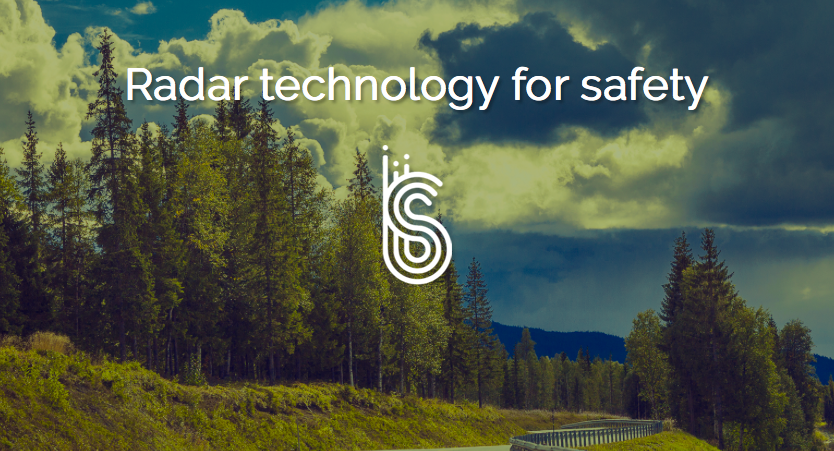AsiaTechDaily – Asia's Leading Tech and Startup Media Platform

IOT Radar Technology By Bitsensing Inc Brings In The New Era For Safety
Technology has crept into nearly every aspect of our lives. Whether it is the GPS that runs on your smartphone to devices that make your home a smart home, everything is the part of the largest IT revolution called the Internet of Things. IOT is an ecosystem of devices connected to the internet. With sensors embedded in the IOT radar devices, it can send/receive data and communicate with various other devices via the internet.
The IOT radar is one marvel of this technology that has brought in changes the way safety and security are being managed. From smart surveillance to weather forecasting, it can do it all. Bitsensing Inc, a Korean company that specializes in IOT radar technology believes in providing the best safety to this hyper-connected world.
The company is led by Jae-eun-Lee, founder, and despite the fact that it is fairly new, it has managed to raise a good amount of funding.

Sensing everywhere with IOT radar technology
The IOT-radar by Bitsensing Inc comes with a communication module and is GPS and Wi-Fi enabled. The device has been designed in such a way that it can be used anywhere. It is easy to assemble, reasonably priced and is readily available for use. This device can sustain in all weather conditions and works well in harsh environments such as fire/heat.
Bitsensing’s IOT radar provides smart surveillance
The IOT-radar device by Bitsensing Inc takes perimeter surveillance to the next level. The device can monitor the critical activity of the surrounding or crucial areas such as airports, national borders, seaports, refineries, etc. The compact and energy-efficient radars by Bitsensing Inc allow the users to monitor a greater area when compared to the traditional CCTV cameras. The coordination of visual, thermal, and motion detection movement around the boundaries of the user’s work area provides for a ‘never-blind’ surveillance solution.
Better forecast better preparedness
The radar technology-based device offered by Bitsensing Inc can also forecast avalanche and flooding disaster. This can enable the authorities to take precautionary measures and to avoid any casualties from these natural hazards.
Smart traffic
By placing the sensors along the roadsides, the roads act as data conveyors. These sensors help in reporting the traffic patterns including the number of vehicles plying on the road and the speed. This can help in efficient traffic management.
Get in touch with the team today!





